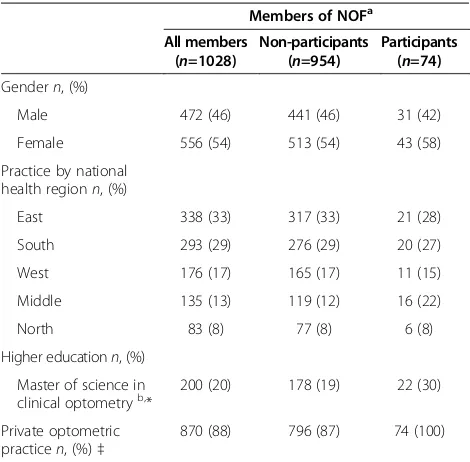Sensitivity and specificity of Norwegian optometrists’ evaluation of diabetic retinopathy in single field retinal images – a cross sectional experimental study
Full text
Figure




Related documents
The slot width of the spectrum slots to be used for an optical path in flexgrid optical networks can be adjusted in time to align with time-varying client traffic demand for
welfare states], and whatever successes they may or may not have had, does not undermine Hayek’s logical argument from The Road to Serfdom : a welfare state is not
Attention may be drawn to the fact that whereas Broadbent (1951) found that an unamended silty loam incubated in an aeration stream containing 21 % oxygen lost nearly one-fifth of
The results of the work showed that; in the soft short- term pre-sowing treatment (treat with potassium permanganate) of wheat seeds there was a slight delay in the growth rate
See Iuliano, Empirical Assessment , supra note 1, at 505 (finding that only 0.1 percent of student loan debtors in bankruptcy seek to discharge their educational debts). See infra
• Growth monitoring, nutrition support, vitamin A supplementation and deworming • Integrated management of childhood illness: Chronic illness • Breastfeeding support •
Since high CDS spreads imply high default state variables with high jumps, we analyze relative jump sizes, i.e., absolute jump sizes normalized by the average spread of
During anaerobic growth with DMSO as terminal electron acceptor, 65% of the consumed glucose was con- verted to pyruvate (1.3 ± 0.12 mol pyruvate/mol glucose consumed)..